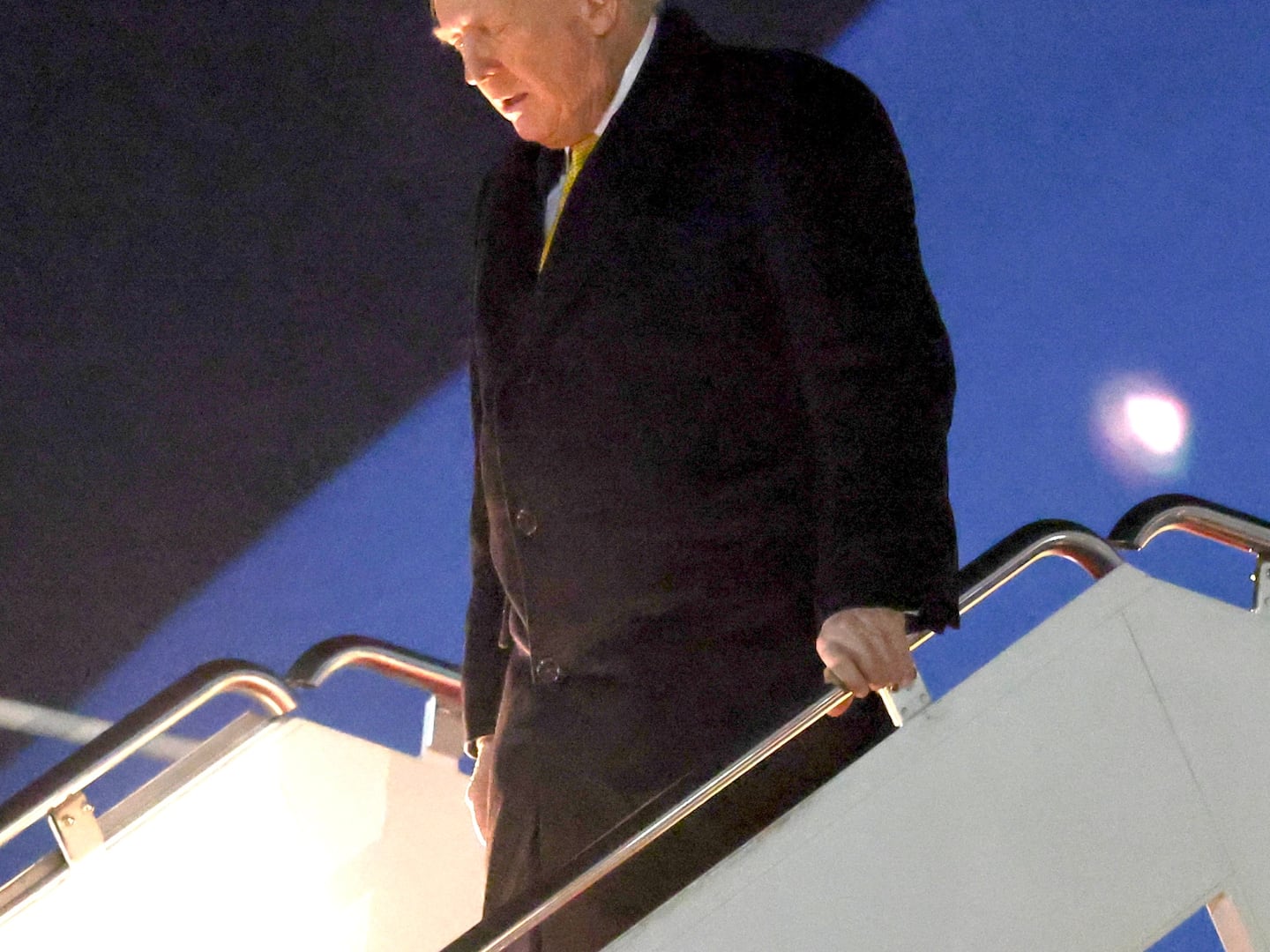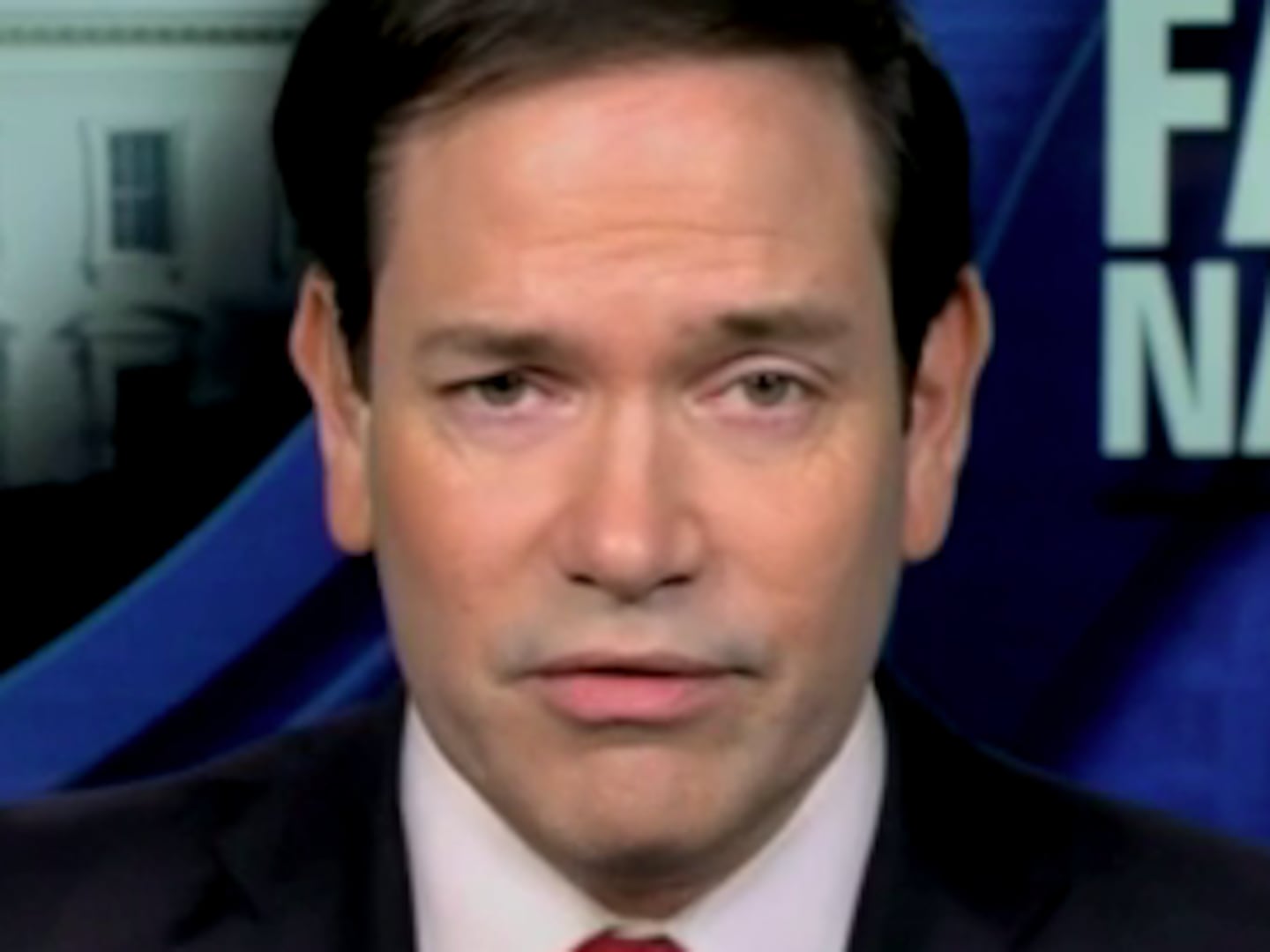Neil Barofsky has spent much of the past four years in a state of incredulous outrage, and today is no exception. The mention of the LIBOR scandal and JP Morgan’s recent calamitous $6 billion trading loss sets him off: “Those situations, once again, point to exactly what’s wrong. I reaffirms that we’ve fixed nothing. Nothing.”
No wonder Barofsky, 42, is in a state. As the former Special Inspector General of TARP, the $700 billion bailout program signed into law by George Bush and carried out by Barack Obama’s Treasury Department, Barofsky, charged with keeping everyone honest, has seen up close the intimate relationship between government and the mega-banks. And, as he outlines in merciless detail in his book published Tuesday, Bailout, it isn’t pretty.
“I spent a great deal of time being patronized and belittled by people in positions of power,” he said in a long phone interview. “They kept telling me ‘Neil, you just don’t understand that the banks would never do anything wrong, never do anything to jeopardize their reputations.’ That’s just so patently absurd when you look at what’s happened.”
Barofsky, a lifelong Democrat who was drafted by Hank Paulson, George W. Bush’s Treasury secretary, arrived in D.C. late 2008, a few months after the law went into effect. He had been a superstar prosecutor in U.S. Attorney’s office in New York, busting Columbian drug lords. “When I came in I thought my real job would be doing fraud prosecutions, putting bad people who had stolen from TARP in jail.”
But once he got to Washington and began digging into how TARP was structured—or, in fact, not structured—he realized he had to use his audit power to pressure regulators into reviewing procedures and making radical changes. His goal was greater transparency, a way to trace where the early TARP money had gone and make sure that banks and huge corporations like AIG wouldn’t be given billions more with no strings attached. ”There was this overriding sense, I mean people up and down the chain of command just said it to me, that that wasn’t important.” To Barofsky, the 2009 AIG bonus scandal, in which the Treasury Department authorized $168 million in payouts to the giant insurer, was a perfect example. “No one wanted me to write what I did, but I wasn’t hired to be a cheerleader,” he says.

The other aspect of TARP legislation that seemed, to Barofsky, to have been completely thrown out the window: the commitment to help homeowners escape from underwater mortgages. “That was how the bill was passed by the Democrats, with the express understanding that it was supposed to be helping the mortgage crisis, help actual people and that way get the economy back on track,” says Barofsky, who resigned from his post in early 2011 as TARP was winding down and has been teaching at NYU’s law school. While there was $50 billion available to modify mortgages, during Barofsky’s tenure only about $1 billion of it was used. Even now, only about $3 billion has been tapped for loan modifications and other consumer lending initiatives. “Instead Treasury caved into the political pressure because they didn’t want to be seen as helping people escape the McMansions they should have been smart enough not to buy,” he says. American Express, he notes, got $3.7 billion in the bailout, “more than homeowners did.”
Secretary Timothy Geithner comes off particularly badly in the book—pompous, imperious, and thoroughly co-opted by the folks he's supposed to be regulating in the financial industry. Geithner, says Barofsky, resisted any suggestion that the system was fatally flawed and should be changed, insisting that the bailed-out institutions would do the right thing virtually without oversight. Barofsky’s scathing audits, which stole headlines and made it impossible for the administration to build an upbeat political narrative, infuriated Geithner; at several junctures in the book, Barofsky relates vivid screaming matches between the two men. “Having the secretary lob the F-bomb at you is pretty crazy,” he says.

As for the Obama administration’s declarations that TARP was a raging success because it lost less money than expected and stopped the economy from going into freefall, Barofsky is contemptuous: “To declare TARP a success is revisonist history,” he insists. “TARP was supposed to restore lending, and that didn’t happen.”
Instead, the banks have only become bigger, he notes, and more certain that the government will consider them to big to fail. “They know they’re above the law because everyone’s so worried they will bring down the system,” he said. Barofsky doubts much will change, even after the LIBOR and JP Morgan debacles, though he hopes that the more courageous members of Congress will at least sense they have a bit more public support for reform.
There was been little official reaction to the book from Treasury; a spokesman there said simply that, “The secretary hasn’t read it.” Barofsky says he has heard nasty sniping about how the book is his way of launching a political career.
“I got a lot of laughs out of that one,” he says. “I probably couldn’t have written a book that would more thoroughly alienate all the people you need to have behind you—the bankers and the entrenched political powers. Really, it would have been hard.”
Editor's note: A sentence about Timothy Geithner was corrected after the story published.






